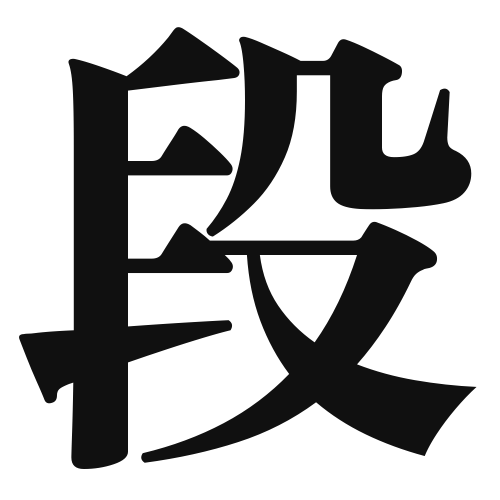1. Overview of Meaning
The kanji “段” (dan) primarily means “step,” “grade,” or “level.” It is often used to indicate a stage in a process or a physical step in a staircase.
2. Formation and Radical
Formation of the Kanji: The kanji “段” is a compound character, which means it is formed by combining different elements. It is classified as a compound ideograph (会意文字), as it combines the meanings of its components to convey a new idea.
Radical: The radical for “段” is “石” (ishi), which means “stone.” This reflects the idea of solid steps or levels, as stones are often used in construction.
3. Examples of Usage
Common Words and Phrases: Some frequently used words that include “段” are:
- 段階 (だんかい, dankai) – stage, phase
- 段落 (だんらく, danraku) – paragraph
- 階段 (かいだん, kaidan) – staircase
Example Sentences in Daily Conversation:
- このプロジェクトには三つの段階があります。 (This project has three stages.)
- 彼は段落を分けて、文章を読みやすくしました。 (He divided the paragraphs to make the text easier to read.)
4. Synonyms and Antonyms
Similar Kanji: A similar kanji is “階” (かい, kai), which also refers to levels or floors, but it specifically denotes physical levels in buildings.
Antonyms: An antonym for “段” could be “平” (へい, hei), which means “flat” or “level,” indicating a lack of steps or grades.
5. Cultural and Historical Background
Relation to Japanese Culture: The concept of “段” is significant in Japanese culture, especially in traditional practices such as tea ceremonies, where different stages or levels of preparation are essential.
Proverbs and Idioms: One common saying is “一段と” (いちだんと, ichidan to), which means “even more” or “to a greater extent,” emphasizing the idea of progressing to a higher level.
